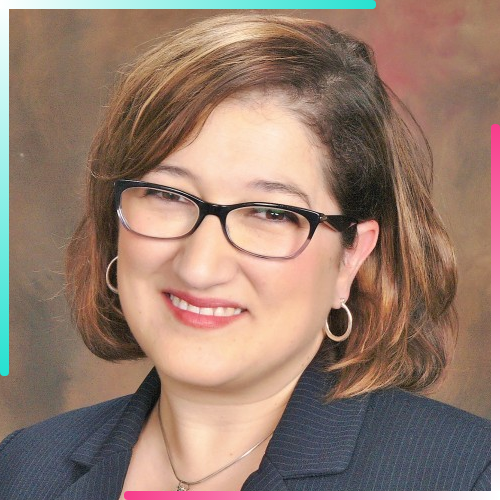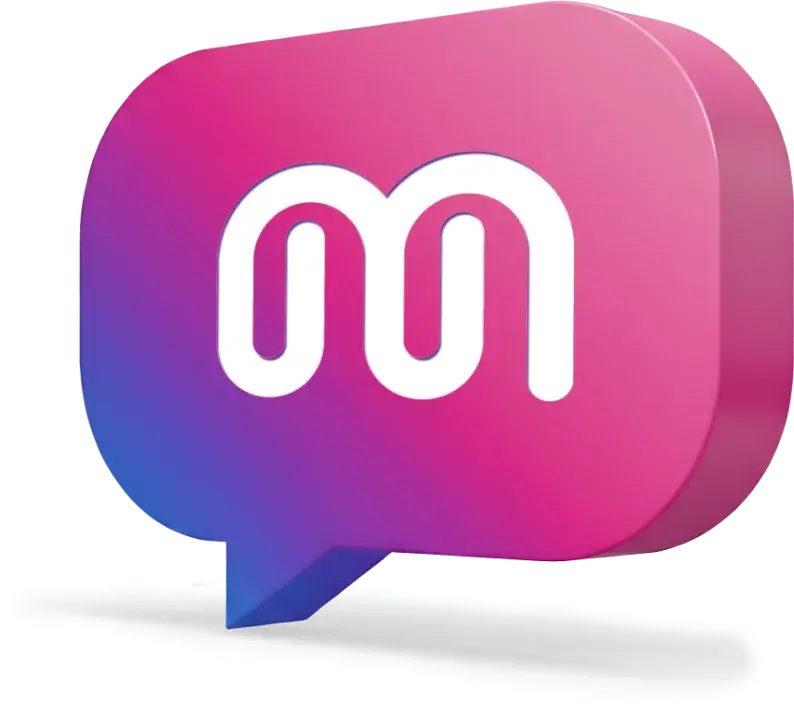SECTION
HR Leaders Share How to Design an Employee Recognition Program

Listen to this article:
Implementing an employee recognition program is a tried-and-tested method for boosting engagement, motivating employees, and improving retention.
Eight out of ten HR managers say their company has a recognition program that helps with employee experience, relationships, organizational culture, employee engagement, and organizational values.
Moreover, according to Forbes, 37% of employees believe employee recognition is crucial. Employee recognition ranked higher than autonomy, inspiration, and pay raises as the most critical thing a workplace can do to support people's success.
If you want to implement an employee recognition program that actually works, keep reading! We’ve spoken with several HR leaders who shared tips and employee recognition ideas.
What are employee recognition programs?
An employee recognition program aims to acknowledge and reward employees' contributions within an organization. These strategic tools’ purpose is to boost morale, enhance employee engagement, and drive productivity.
Recognition programs come in various forms, from simple acts of appreciation and verbal praise to more elaborate systems involving awards, incentives, or bonuses. These programs are meant to express gratitude and reinforce a sense of belonging and value among team members, fostering a positive workplace culture.
How to create an employee recognition program that actually works
Creating an effective employee recognition program requires careful planning and execution. Here are the steps you should take to develop a program that engages and motivates your employees:
1. Define your objectives
Start by identifying the specific goals you want to achieve with the recognition program. Are you aiming to boost morale, improve employee retention, increase productivity, or enhance teamwork? Clear objectives will guide your program's design.
2. Align the program with your culture

An effective employee recognition program should align entirely with the company's core values and workplace culture. Recognition should reinforce and reflect the behaviors and attitudes you want to encourage.
3. Determine recognition types
Decide what types of recognition you'll offer. Consider a mix of financial, emotional, private, public, and peer-to-peer recognition to celebrate and motivate your people.

4. Allocate a budget
As Luke O'Mahoney, Founder at Sapien, says, “Simple things like a small recognition budget and a comms platform that allows for public recognition are good places to start.” When designing an effective recognition program, be prepared to invest in it. Allocate a budget for monetary incentives and employee recognition software that suits all your needs.
5. Introduce the program to your team
After you’ve decided on the employee recognition program you will use, take the time to introduce it to the whole team. Every employee, from individual contributors to managers and executives, should be aware of it, know how to use it, and understand the reason behind implementing it.
Usually, organizations hold company-wide meetings to introduce the recognition concept and announce the program. But if you want to go more in-depth, consider having recognition training to explain to the team why showing gratitude is an integral part of a positive culture.
6. Involve your people
A successful recognition program is the one that people want to use. So, if you want your team to adopt it, you must involve them in the program's development process. Gather input and feedback from your people to ensure the program resonates with their preferences and expectations.
7. Use data analytics to measure the program’s success
If you want to support ongoing support from leadership, you need to measure the impact of your employee recognition program on critical business areas, such as retention, engagement, or employee experience. It's important to note that executive buy-in is essential for successfully adopting the recognition system.

8. Choose the right employee recognition software
When you want to implement an employee recognition program, the easiest way to do so is by getting a recognition software solution like Mirro. Through our platform, people leaders can nurture a sense of belonging and recognition in their teams.
Here is what Mirro can help you achieve:
- Make giving praise a habit across the organization;
- Celebrate achievements at work to bring your team together;
- Know how everyone makes a difference within your company;
- Embrace your values and make it easy for your people to show appreciation.

Employee recognition program ideas (from HR leaders)
You must mix and match several methods to make your recognition program successful. And because we want to give you the best recognition program ideas, we’ve spoken with several HR thought leaders who shared their insights.
Use both private and public recognition
Public recognition means showing gratitude in a way that is accessible to others. You can show appreciation at in-person events, through emails, social media posts, company-wide announcements, or employee recognition software like Mirro.
In contrast with public recognition, private appraisal entails recognizing an individual’s accomplishments exclusively in a one-on-one context. You can do so in a personal conversation, an email, or a handwritten note. This form of recognition demonstrates to the person that you've taken the time to reflect on their contributions and efforts, as Amy Waninger, CEO at Lead at Any Level, shared with us.

Practice saying thank you
Recognition should flow naturally rather than be a formality like an "employee of the month" program, which often risks bias or neglect. Instead, it's about genuinely thanking people for their contributions and embracing small, impactful gestures.

Bring company values to life
Employee recognition programs can bring your company's core values to life. By highlighting specific examples of people living up to these values, you recognize their efforts and convey a strong message across your organization, reiterating them as guiding principles that influence workplace culture.

Start at the top
Starting from the top is crucial when implementing an employee recognition program. People managers should take the lead by openly praising and encouraging others to follow suit. This top-down approach sends a clear and powerful message throughout the organization that recognition is not only endorsed but also actively practiced by those in leadership positions.

Encourage peer-to-peer recognition
Recognition doesn’t always have to come from the top. In fact, it should come from both colleagues and managers. Adopting recognition platforms that allow employees to recognize a team or colleague publicly can foster an environment where everyone feels their contributions are valued and cherished. To ensure the inclusivity and success of your recognition program, make sure it supports peer-to-peer recognition.

Bring employee recognition to life
Employee recognition is the best practice to thank your people for their hard work and motivate them to push even harder. Whether you want to adopt a comprehensive recognition program or discover simple yet effective ways to express gratitude at work, we hope this article gave you the insights you need to put into action.
At Mirro, showing gratitude is embedded into our culture. Our recognition platform is tailored to assist you in cultivating a culture of recognition. If you want to leverage recognition software to motivate your people, book a demo with our consultants and let us work our magic.






